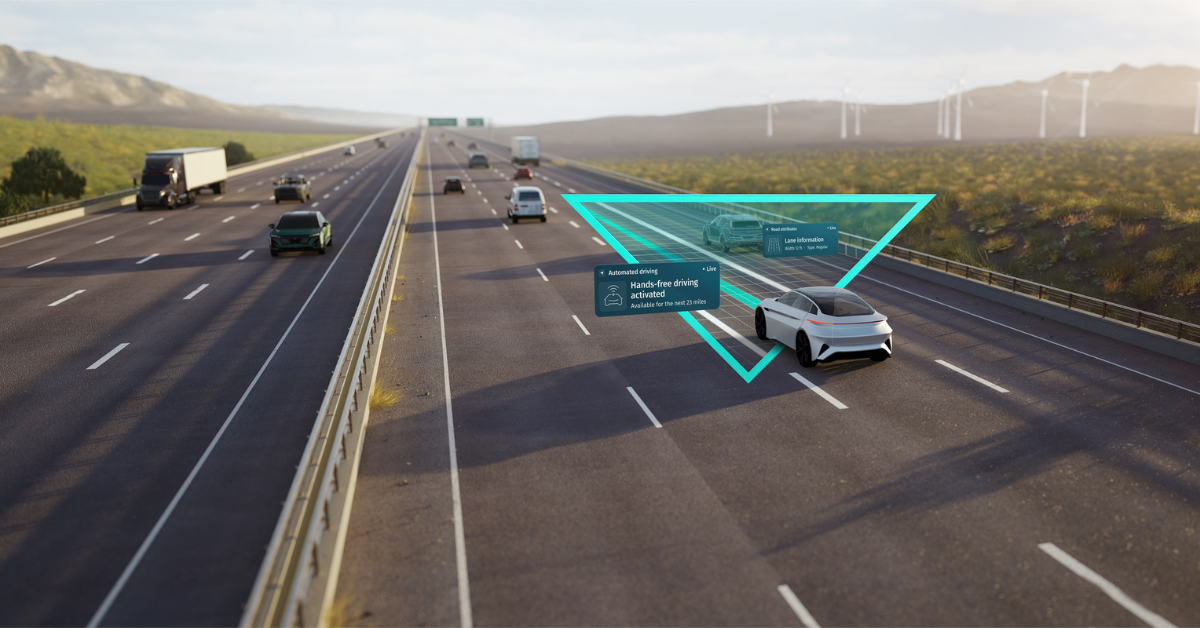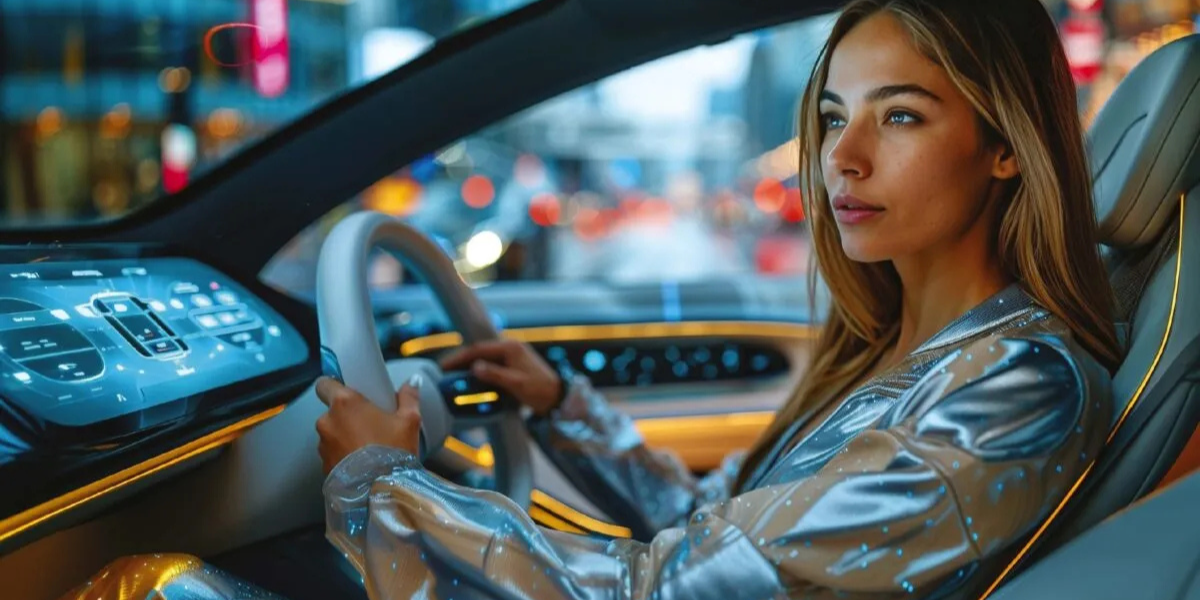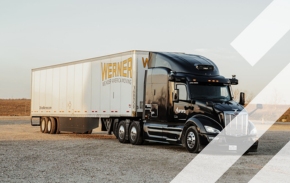Five questions from our webinar audience | Shayan Afshar, Navtech Radar

The September webinar had a focus on road users needing connected road networks. Moderator Paul Hutton spoke to Shayan Afshar of Navtech Radar, Martin Bohm of Austriatech and Paul Potters of Monotch. Due to sheer lack of time many questions from our international audience remained unanswered. We asked Shayan Afshar of the Navtech Radar to answer a selection of them.
Shayan Afshar is a Project Engineer at Navtech Radar, managing the implementation of Navtech’s ClearWay radar solution across the globe. Shayan also focuses on the development of ClearWay as a future-proofed technology, with opportunities for Connected Autonomous Vehicles and transport systems of the future Navtech Radar is a world-leading innovator, award-winning designer and manufacturer of commercially deployed radar solutions, providing reliable safety solutions when high performance is essential. Its ground-breaking technology is utilised by clients across industry sectors, including Security Surveillance, Industrial Automation and Traffic Safety.
1. How many radars do you need per kilometre road?
Typically, we install two to three radars approximately per km. However, spacing can vary depending on the scope of detection. For example, if you want to detect smaller objects like debris, then our radars will need to be closer together. In cities, we believe it best to monitor road sections approaching intersections. One sensor can monitor 200m of roads approaching an intersection, in all lanes.
However, if the requirement for detection is a stopped vehicle, then our radar can be spaced further apart. We design our solutions to meet the specific project requirements.
2. Can I also controll the traffic light with the sensor?
Our sensors can transmit vehicle data and alarm messages via three different communication protocols – XML, Modbus and OPC UA. These messages can be sent to third party systems, which operate within a working framework to aid and control traffic light sensors.
3. Are the Navtech radars needed on certain locations where AV cannot see enough themselves or do they help everywhere?
Our radar technology can provide an additional layer of data that is helpful in a variety of situations. For example, even when an autonomous vehicle has a clear line of sight, our radars can offer a form of critical ground truthing, a layer of redundancy and all-weather detection.
In situations when the autonomous vehicle’s line of sight is blocked, our radar can provide critical information on incidents and vehicle traffic data. Lastly, our sensors can also help with events occurring over the horizon, such as accidents or wildlife on the road. This reduces an autonomous vehicle’s reliance on ‘on-board’ sensors and provides advanced warning for decision making.
4. What are the advantages over Floating Car Data (FCD) or how can these technologies cooperate with each other?
Radar as a physical detection system has the capability to provide comprehensive vehicle data and incident detection. It can detect incidents, such as stopped vehicles, with high confidence. However, there is great scope to use both, a physical detection system and FCD or Floating Vehicle Data (FVD) to offer a fusion of data integration. This adds confidence to results and supports the use of radar, especially in situations of occlusion. We believe that the future of autonomous vehicles lies in a multi-sensor approach.
5. It is reasonable to expect plenty of radars and lidar being installed and used widely. Have you tested if radar and lidar are influencing bees?
Radar and Lidar can be complementary. There is good theoretical knowledge and ample tests to support this overlap, especially on localised AV sensors. However, we have not tested the effect of radar on bees. It sounds like an interesting project.



